One such marvel is the Metal Honeycomb Panel. If you’re looking for a cutting-edge material that provides exceptional performance, understanding what a metal honeycomb panel is and its benefits is key.
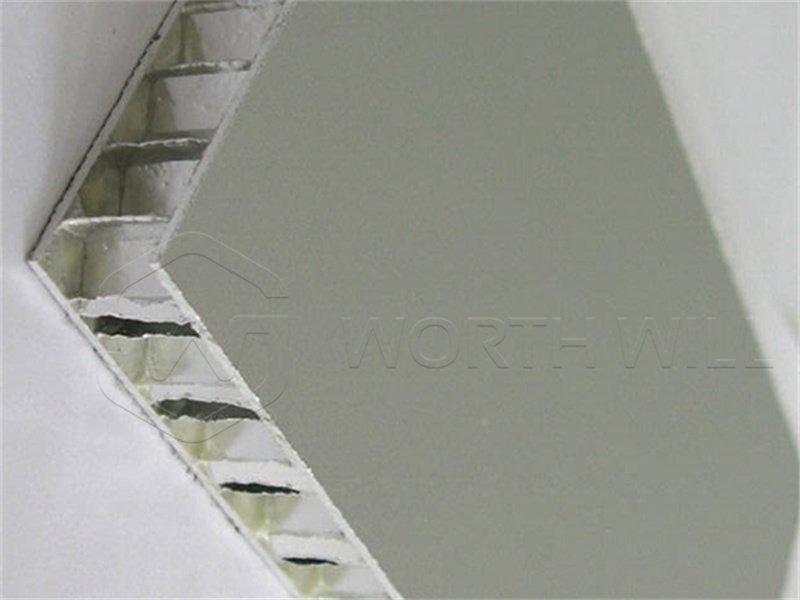
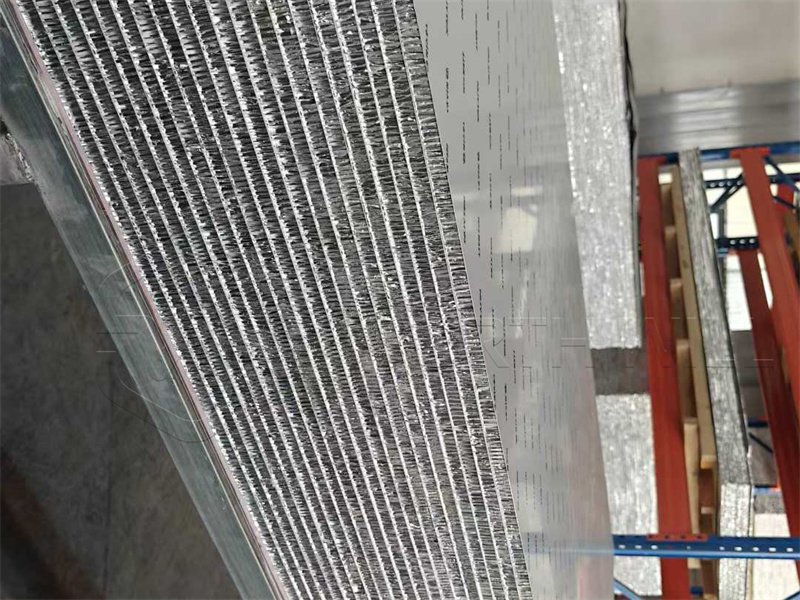
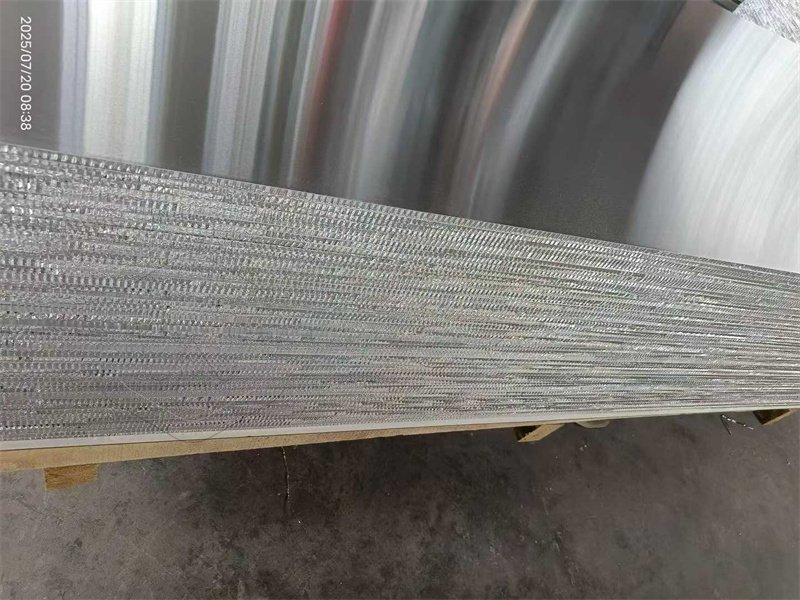
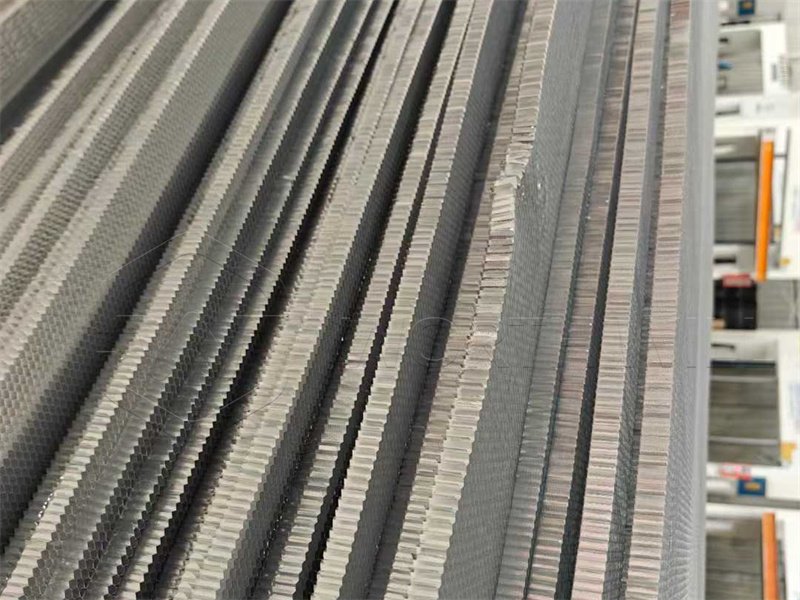
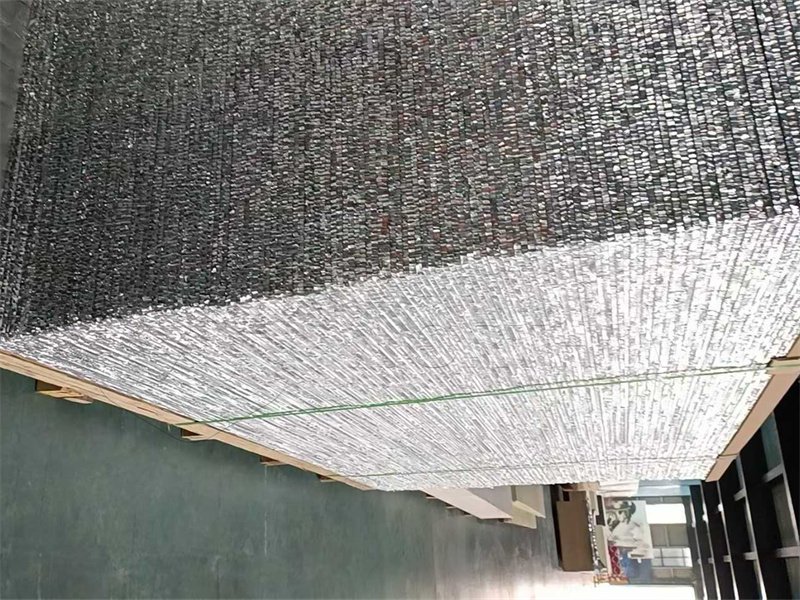
Common Types and Specifications of Metal Honeycomb Panels
Metal Honeycomb Panels come in various configurations to meet diverse project needs. Here’s a look at common types and specifications:
| Feature/Specification | Common Examples/Values | Description and Impact on Performance |
|---|---|---|
| Overall Panel Thickness | 6mm, 10mm, 15mm, 20mm, 25mm, 50mm, 100mm | Thicker panels generally offer higher rigidity, insulation, and strength. |
| Face Skin Material | Aluminum (3003, 5052), Stainless Steel (304, 316), Copper, Titanium | Determines overall weight, strength, corrosion resistance, and appearance. Aluminum is most common. |
| Face Skin Thickness | 0.5mm, 0.8mm, 1.0mm, 1.2mm, 1.5mm | Thicker skins increase bending strength, impact resistance, and durability. |
| Core Material | Aluminum Honeycomb (most common), Stainless Steel Honeycomb | Aluminum core: Lightweight, high strength-to-weight. Stainless Steel core: Higher fire resistance, greater shear strength. |
| Core Cell Size | 4mm, 6mm, 8mm, 10mm, 12mm | Smaller cell sizes (e.g., 6mm) mean a denser core, offering higher compressive and shear strength. |
| Surface Finish/Coating | PVDF Coated, PE Coated, Anodized, Brushed, Mirror, Wood Grain, Stone Grain, Natural Metal | PVDF: Best for exterior, weather-resistant. PE: For interior. Others for aesthetic and specific durability needs. |
| Standard Panel Width | 1220mm, 1250mm, 1500mm, 2000mm | Common production widths. Custom widths often available. |
| Standard Panel Length | 2440mm, 3000mm, 4000mm, 5800mm, up to 10m+ | Panels can be manufactured in very long lengths to minimize joints. |
| Fire Rating | A2, B1 (per EN 13501-1) | Important for building codes. A2: Non-combustible. B1: Highly flame retardant. |
| Weight (Approx. for 10mm Al Panel) | 3-5 kg/m² | Illustrates the low density, making it a true lightweight panel. |
Types of Metal Honeycomb Panels
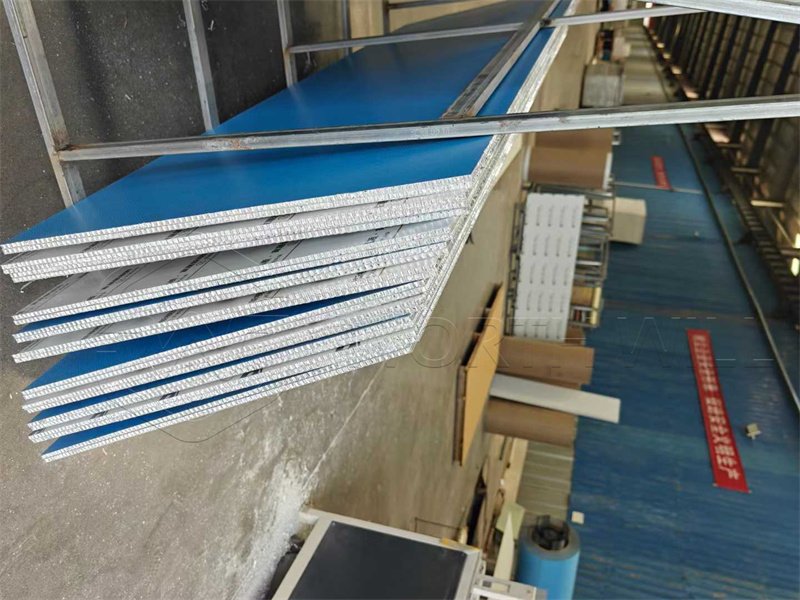
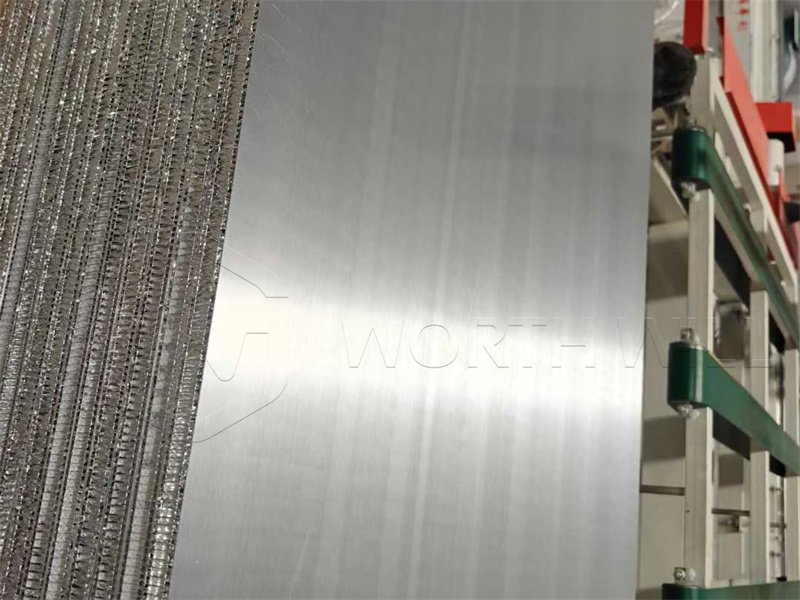
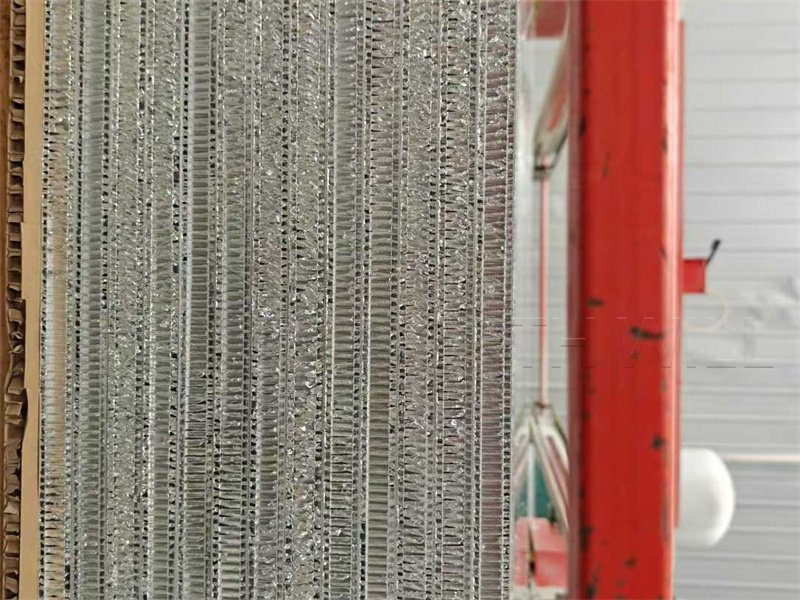
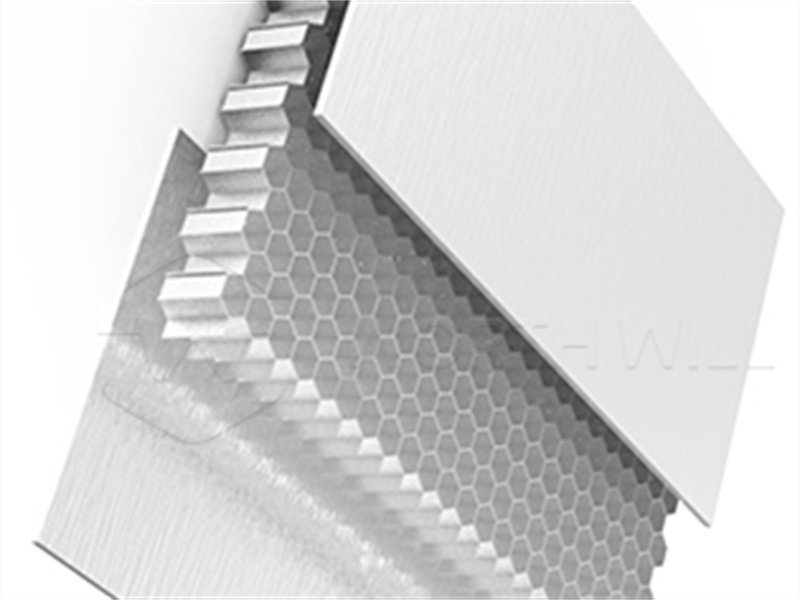
1. Aluminum Honeycomb Panel
- Lightweight and corrosion-resistant.
- Popular for exterior wall cladding and ceilings.
2. Stainless Steel Honeycomb Panel
- Stronger and more impact-resistant.
- Ideal for heavy-duty and industrial uses.
3. Titanium Honeycomb Panel
- High strength and weather resistance.
- Used in marine and aerospace industries.
How are Metal Honeycomb Panels Made?
The manufacturing process for a metal honeycomb panel involves precision and high technology. First, the metal foil for the core is expanded into the hexagonal honeycomb shape. Then, the chosen metal sheets for the skins are prepared.
This process creates a very strong, uniform bond, resulting in the finished metal honeycomb panel.
Diverse Applications of Metal Honeycomb Panels
The remarkable properties of metal honeycomb panels make them suitable for a vast range of applications across many industries. Their combination of structural rigidity, lightness, and durability opens up many design possibilities.
- Architecture and Construction:
- Building Facades and Exterior Wall Cladding
- Interior Wall Panels and Partitions
- Ceilings and Soffits
- Flooring Systems (especially raised access floors)
- Canopies and Awnings
- Cleanroom Walls and Ceilings (due to flatness and ease of cleaning)
- Transportation:
- Aircraft Interiors (floors, galleys, luggage bins)
- Railway Vehicles (floors, walls, ceilings in trains and trams)
- Marine Industry (bulkheads, decks, interiors of ships and yachts)
- Bus and Truck Bodies (for lightweight construction)
- Industrial and Manufacturing:
- Machine Bases and Enclosures
- Workstation Surfaces
- Conveyor Systems
- Furniture and Design:
- Lightweight Table Tops and Desks
- Display Boards and Exhibition Stands
- High-End Furniture Components
- Clean Energy:
- Solar Panel Backings
- Wind Turbine Components (non-structural)
What is a Metal Honeycomb Panel Made Of?
To grasp the strength of a metal honeycomb panel, it helps to know its parts. It’s generally made of three main layers bonded together:
- Face Skins (Outer Layers): These are thin sheets of metal that form the top and bottom surfaces of the panel. They are crucial for the panel’s overall strength and appearance. Common metals used for these skins include:
- Aluminum: Most common, providing a great balance of weight, strength, and corrosion resistance.
- Stainless Steel: Offers higher strength, excellent corrosion resistance, and a distinct aesthetic.
- Titanium: Used for extremely demanding applications where very high strength-to-weight ratio and corrosion resistance are needed (e.g., aerospace).
- Copper: Chosen for its unique aesthetic and natural patina.
- Honeycomb Core: This is the middle layer, which gives the panel its unique properties.
- Adhesive: A high-strength adhesive is used to bond the face skins to the honeycomb core. This bond is vital to ensure that the entire composite panel acts as a single, unified structure, allowing it to perform at its best.
This “sandwich” structure allows the panel to resist bending and buckling much better than a solid sheet of metal of the same weight.
Why Choose a Metal Honeycomb Panel? Key Advantages
The design of the metal honeycomb panel provides a range of benefits that make it a preferred choice for many high-performance applications:
- Outstanding Strength-to-Weight Ratio:
- High Rigidity and Flatness:
- Excellent Fire Resistance:
- Corrosion Resistance:
- Sound and Thermal Insulation
- Impact Resistance:
- Versatile and Customizable:
- Durable and Long-Lasting:
- Eco-Friendly: